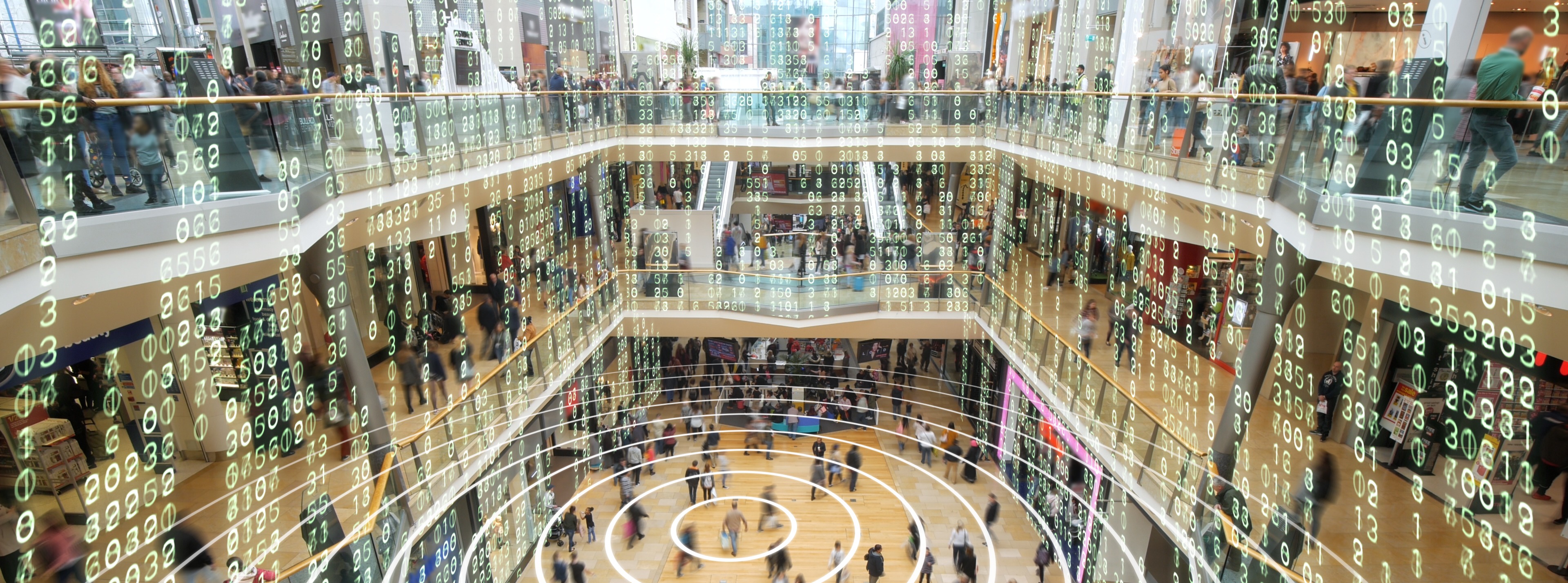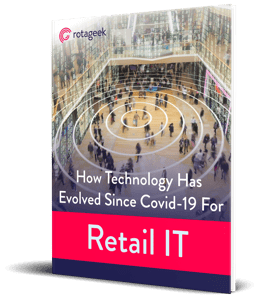Retail IT Guide - How Technology Has Evolved Since Covid-19
by Rotageek on 13 July 2021

The retail industry has never been more competitive. In light of the pandemic, physical stores remain threatened, staff retention rates continue to decrease and for workers who remain, motivation has diminished.
Whilst this has caused many financial and operational burdens, consumer demands have also rapidly evolved with the rise of eCommerce, click and collect and on-demand delivery. Customers expect to be able to shop from any device, at any time and have a choice of how they receive the product.
In our new report, the 'Retail IT Guide - How Technology Has Evolved Since Covid-19', we uncover how the rapid acceleration of automated technology has impacted the retail industry, spotlighting how IT teams must embrace new solutions and infrastructures to elevate the entire customer shopping experience.
Demand fluctuations have never been greater
No one could prepare for the demand fluctuations caused by Covid-19. Ongoing national and localised lockdowns were just one battle, with last-minute shop closures and reopenings causing extreme dips and surges in purchases. But retailers must continue to consider other repercussions of the pandemic.
Consumers are increasingly channel-agnostic and therefore their shopping habits have changed for good. A new batch of remote workers has different buying behaviours compared to their former commuter lifestyle, adding to the increased demand for omnichannel retail services. Plus many have embraced the convenience of eCommerce, adding to the monumental increase in online grocery shopping.
Businesses must automate complex and low-value human tasks
Permanent changes to consumer demand have placed severe pressure on the digital solutions used by retailers to cope with changes to staffing, inventory, purchasing trends and multichannel services. With more roles to cover and complex processes to adhere to, retailers must embrace technology solutions that can eradicate manual effort, duplication and errors.
Through Artificial Intelligence, retailers can digitise low value, high volume tasks that are typically repetitive, mundane and time-intensive. This includes inefficient inventory planning, supporting warehouse management and implementing flexible pricing solutions.
Cloud computing is essential in 2021 and beyond
To allow for rapid change during the pandemic, cloud computing became a go-to solution for businesses worldwide due to its flexibility, high availability, agility and lower cost for backup and disaster recovery.
By implementing this digital infrastructure, retailers immediately benefit from more cutting edge technologies, including intelligent automation, optimised employee scheduling and a heightened level of security technology. It also supports better inventory management, enabling online access and quicker decision making as well as automatic stock monitoring and better demand forecasting.
To put it simply, in 2021 retailers must move away from archaic legacy solutions to systems that are built for the cloud and can accommodate for the impending ups and downs of consumer demand.
Read more about how automated technology can better serve both customers and employees, whilst protecting retailers against future major events by downloading our report below.
- Quick links
- Log In
- Book a Demo
- Help Centre
- Products
- Digital Scheduling
- Autoscheduling
- Forecasting
- Company
- Our Story
- Careers
- Blog
- Privacy Policy

